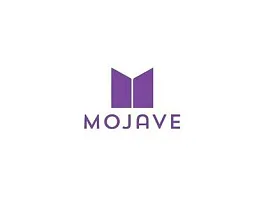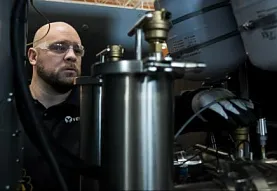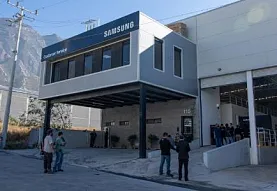Northeastern University researchers say wrapping rooftops in a new material they are developing, called cooling paper, could reduce the need for air conditioning in buildings and lower electric bills as well as carbon emissions.
College of Engineering professor Yi Zheng and Ph.D. researcher Andrew Caratenuto say the product is capable of reducing the midday temperature of buildings by as much as 10 degrees Fahrenheit.
Together they have formed a startup called Planck Energies, of which Caratenuto is CEO, to test the material in pilot projects around Boston and to fund the manufacture of the cooling paper in industrial rolls.
“Every degree of cooling this paper provides is a degree that doesn’t have to be cooled by an air conditioner,” Zheng says.
“On a national scale, this technology could provide a carbon reduction on the order of 100 million tons just from buildings alone.”
The cooling paper works by reflecting incident sunlight - also known as solar energy - away from buildings and by pulling heat from buildings out through the atmosphere, Zheng and Caratenuto say.
The heat comes out through the building as infrared radiation and is taken up by the cooling paper, where it is emitted at wavelengths not absorbed by the atmosphere, Caratenuto says.
But the concept is gaining traction, with a cooling super white paint being developed at Purdue University, for instance.
Zheng says Planck’s cooling paper has benefits over competitors. For starters, it is more of a fire-resistant fiber than paper, Zheng says.
Besides being fire resistant, the cooling fiber is also hydrophobic - meaning rainwater rolls off - and is thus self-cleaning, unlike paints that can get dirty and lose their reflectivity, Zheng and Caratenuto say.
“We’re targeting a lifetime of 10 to 15 years,” Caratenuto says. He says that makes the cooling fiber a smart, passive solution for parts of the world that don’t have much access to the electrical grid or traditional air conditioning.
But first the startup needs to manufacture enough of the cooling fiber - currently created in the lab in small amounts - to cover a rooftop.
Source:
https://news.northeastern.edu/







